6 can’t-miss National Park sites that aren’t parks
We've rounded up nine of the best National Park sites that aren’t parks, with a focus on areas that are a haven for hikers
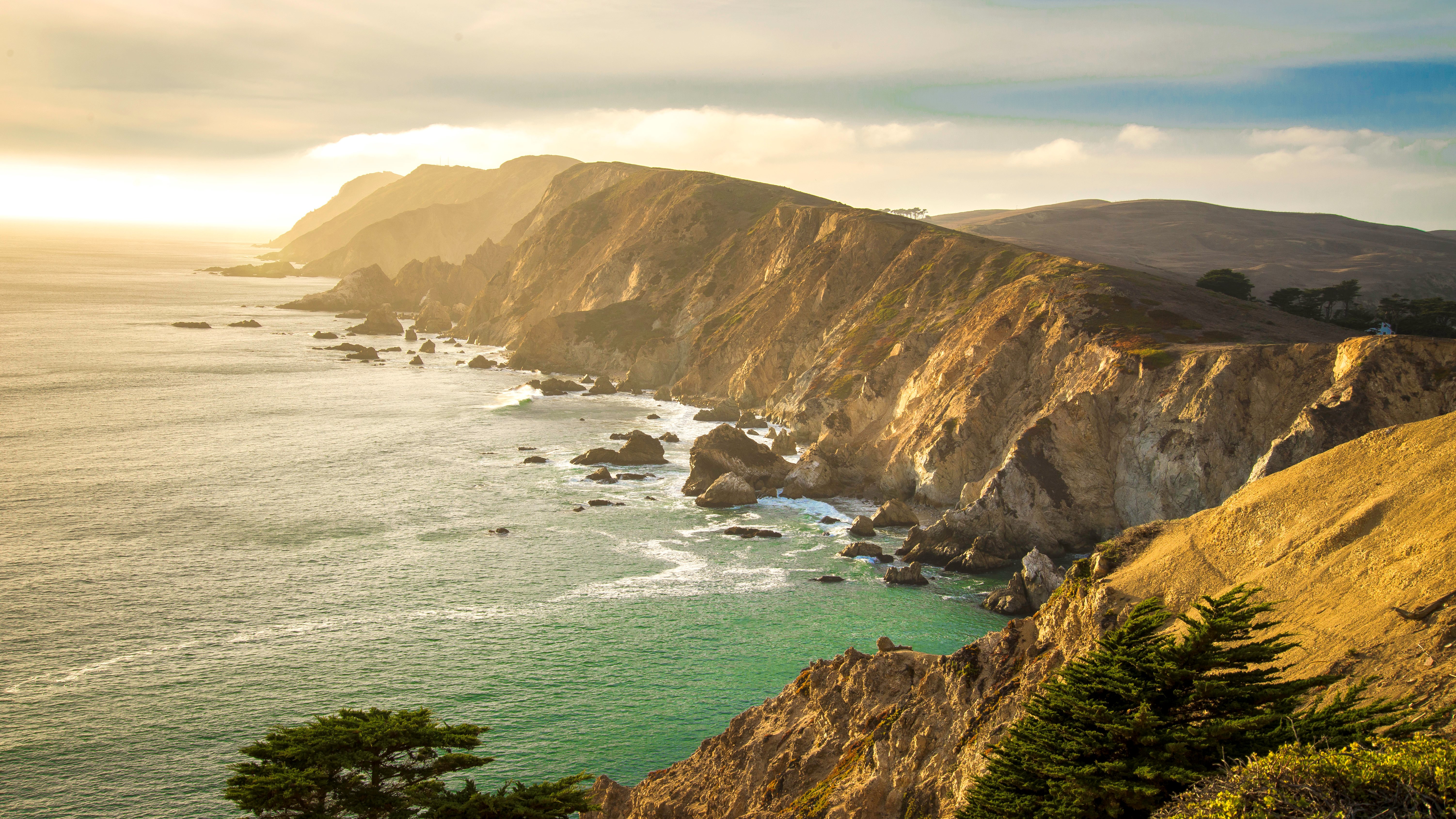
With each passing year, it seems, US National Parks get busier as people who love the outdoors flock to see amazing sights such as Half Dome and Angel’s Landing. When it comes to outdoor adventure, the 63 National Parks tend to hog the spotlight, protecting incredible natural wonders from the rock formations of Arches to the spouting geysers of Yellowstone, but the National Parks Service is responsible for overseeing a much larger network of public land that’s well worth a visit.
National Parks have a certain allure and certainly guarantee spectacular beauty, but there are many other units managed by the NPS that will thrill you with their stunning scenery and opportunities for adventure. In addition to the country’s world-famous National Parks, the NPS manages land such as National Monuments, Lakeshores and Seashores as well as Scenic Trails, all of which total up to some 85 million acres that’s ready to be explored.
If you’re looking for somewhere off the beaten path this year, we’ve rounded up six of the best National Park sites that aren’t parks, with a focus on areas that are a haven for hikers. Get your hiking boots ready and prepare for the adventure of a lifetime.
1. Point Reyes National Seashore, California
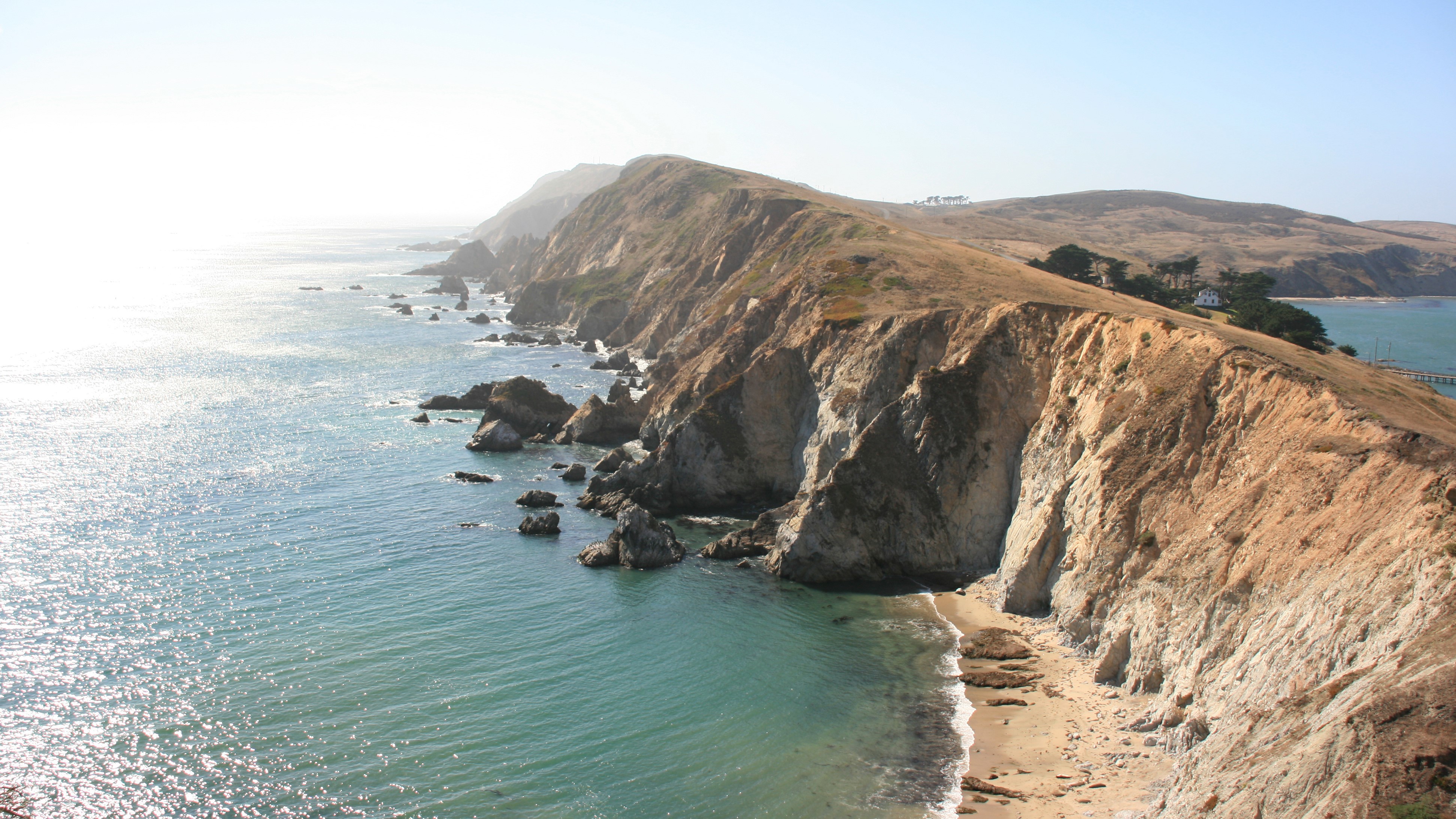
All you really need to know about Point Reyes National Seashore is that it’s in Marin County and you’ll probably already be packing your bags. This stupendous stretch of California coast dazzles visitors with some 80 miles of shoreline. Stroll along its 150 miles of hiking trails through wildflower meadows and grasslands while the waves thunder against the cliffs below, take to the sandy beaches for a walk or picnic or seek shade in the forest. The seashore is also an important wildlife reserve for grazing elk and raptors as well as marine life like whales and seals.
2. Parashant National Monument, Arizona

When you’re planning a trip to the Grand Canyon, you usually just need to decide whether to go to the popular south rim or the quieter north rim. However, not everyone knows that there’s a third option, and that’s to enjoy the Grand Canyon from the solitude of Parashant, which sits at the northern edge of the canyon on the Arizona Strip. From this remote wilderness, you can hike through the Grand Wash Cliffs or to the summit of Mount Trumbull for views of the Grand Canyon and Kaibab Plateau then relax and cool off in the shade of ponderosa pine.
3. Pictured Rocks National Lakeshore, Michigan
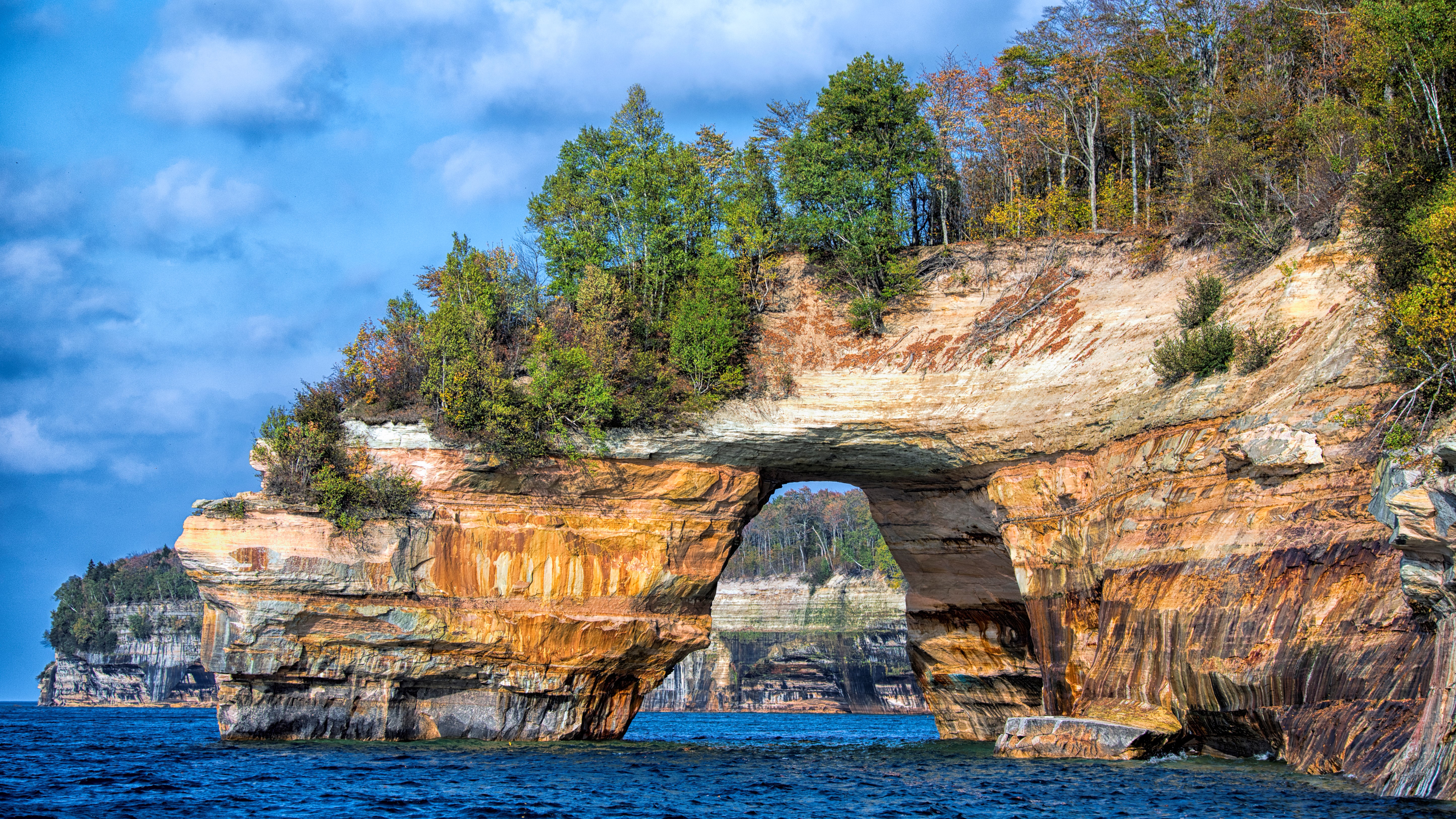
There are few summer activities more quintessential than heading to the lake, and few lakes more startlingly beautiful than Lake Superior. This Lakeshore protects the southern shore of Lake Superior in the Upper Peninsula and is famous for its multicolored cliffs. Rent a kayak and cruise around the fascinating sandstone rock formations around the park’s headlands, or get your hiking shoes on and explore the forest trails from Twelvemile Beach.
4. Chiricahua National Monument, Arizona
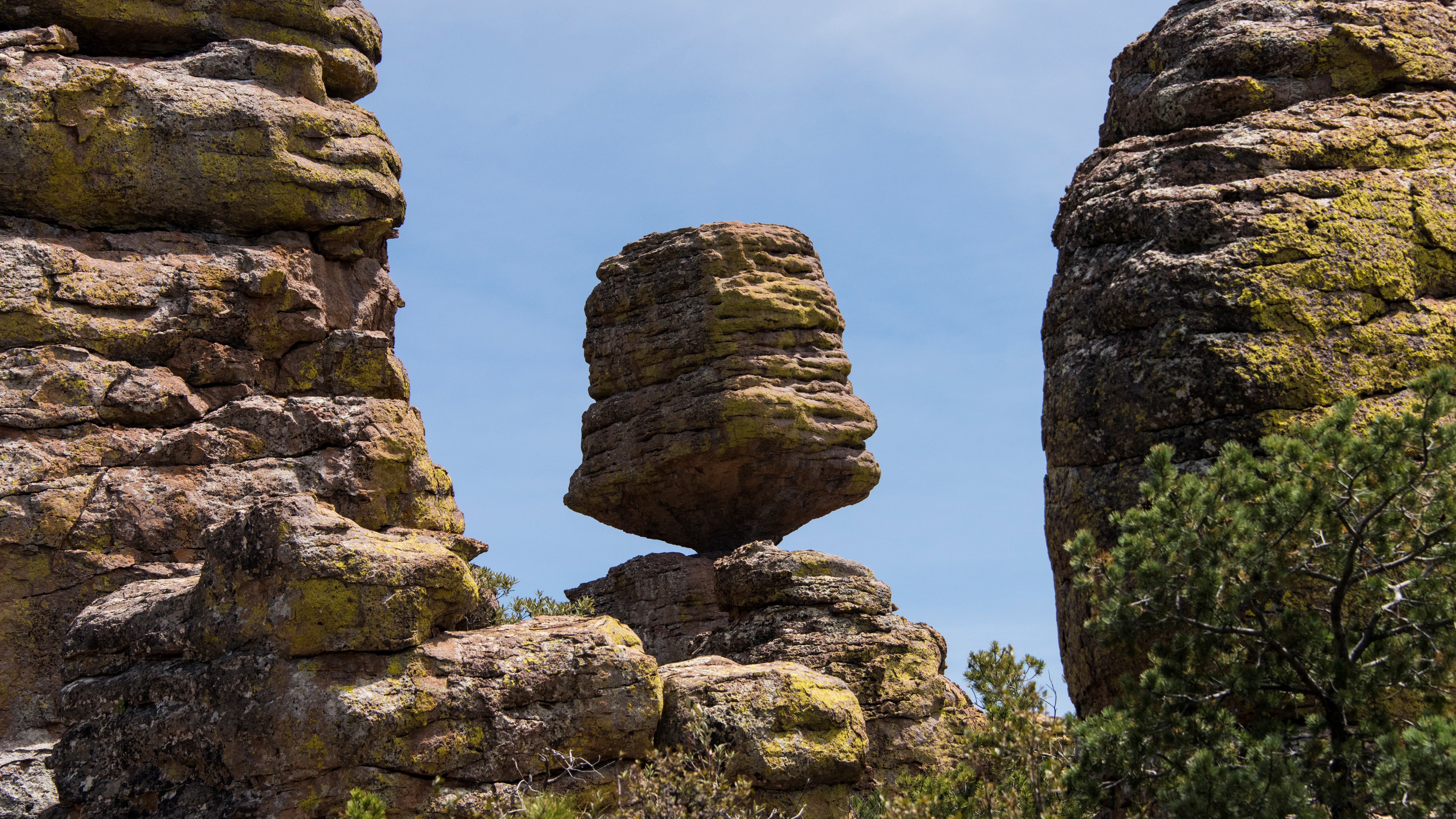
If you love to wander among fantastic rock formations, make a beeline for Chiricahua down in southeast Arizona. This monument has just 17 miles of hiking trails, so you can see most of it in a day or two, but the trails really pack a punch with exquisite features like Rhyolite Canyon which is lined with rock pinnacles and makes a great alternative to Pinnacles National Park. Also on display are balanced rock, natural rock bridges and arches to rival those in Utah.
Advnture Newsletter
All the latest inspiration, tips and guides to help you plan your next Advnture!
5. Dinosaur National Monument, Colorado and Utah

While many of the sites on this list make attractive alternatives to popular National Parks, Dinosaur National Monument is a unique adventure for geologists, paleontologists and hikers alike. This sprawling, wild landscape sits largely in northwest Colorado, with a portion that extends into northeast Utah, an area that was once home to dinosaurs like the Allosaurus, Deinonychus and Abydosaurus.
Today, their fossilized remains can be seen embedded into the rock along with petroglyphs left behind by more recent inhabitants of the area while mountains, desert and rivers support the current residents. In addition to the fantastic fossils, the red rock cliffs that tower over the winding Yampa River Canyon make for quintessential wild west exploration whether you’re camping, hiking or rafting on the river.
6. Katahdin Woods & Waters National Monument, Maine
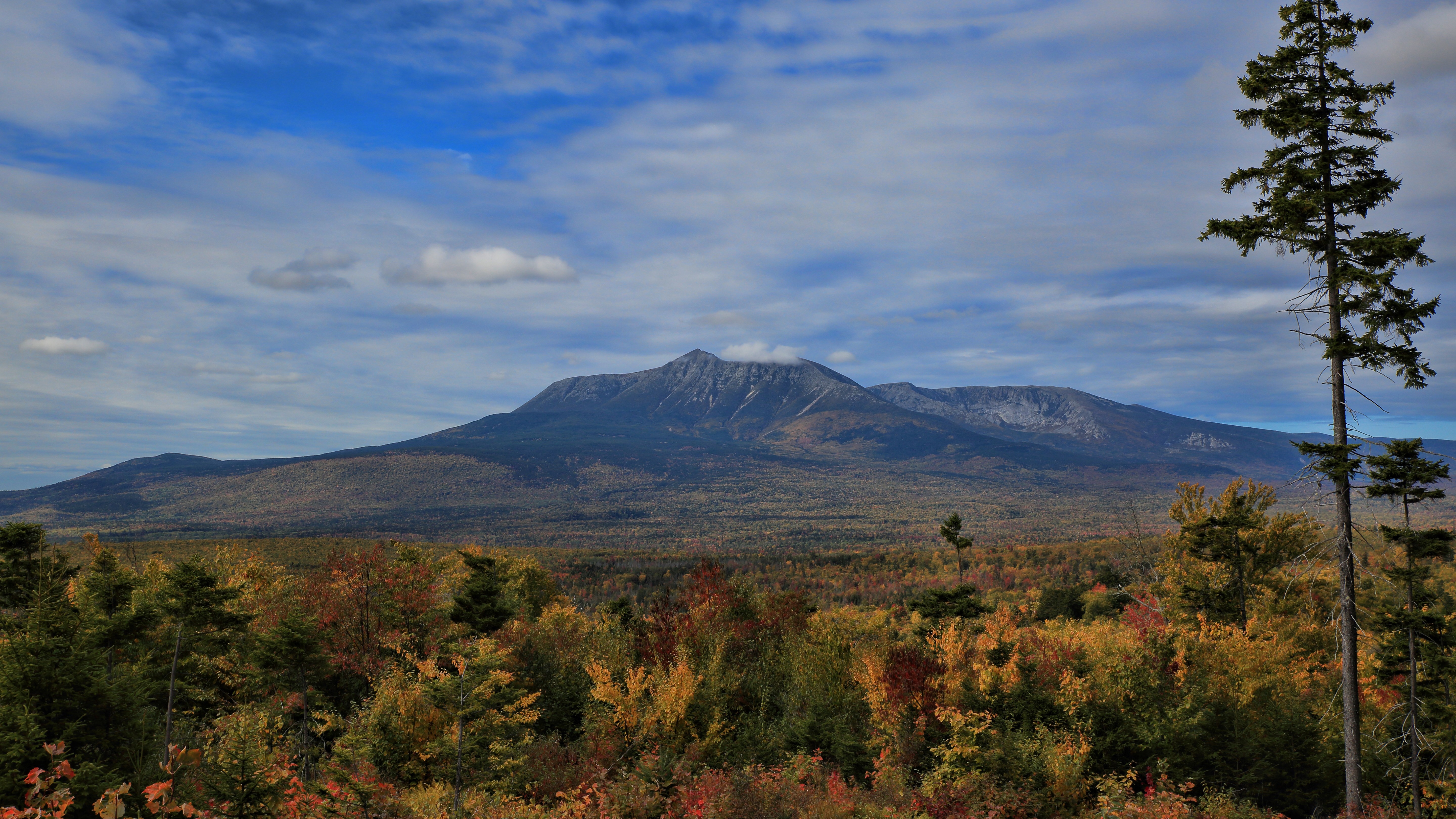
Mount Katahdin is best-known as the northern terminus of the famed Appalachian Trail and even as a day hike, it’s a strenuous adventure. From Katahdin Woods & Waters National Monument, you can enjoy spectacular views of the mountain from the seclusion of this forested land that is rich with wildlife.
Hike on a number of trails from Katahdin Loop Road, look for common yellowthroats and palm warblers through your binoculars and keep an eye out for large mammals like moose and black bear. This monument is also excellent for water lovers with lakes and rivers full of salmon and brook trout, so bring your waders.
Julia Clarke is a staff writer for Advnture.com and the author of the book Restorative Yoga for Beginners. She loves to explore mountains on foot, bike, skis and belay and then recover on the the yoga mat. Julia graduated with a degree in journalism in 2004 and spent eight years working as a radio presenter in Kansas City, Vermont, Boston and New York City before discovering the joys of the Rocky Mountains. She then detoured west to Colorado and enjoyed 11 years teaching yoga in Vail before returning to her hometown of Glasgow, Scotland in 2020 to focus on family and writing.

